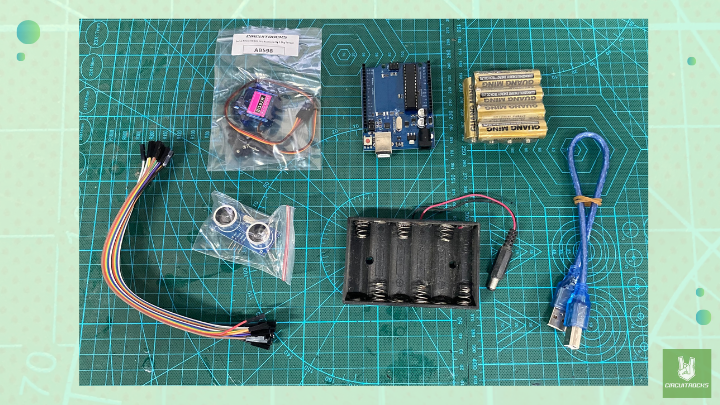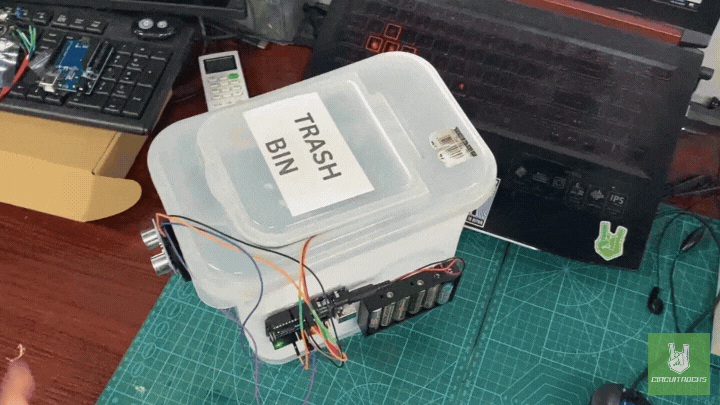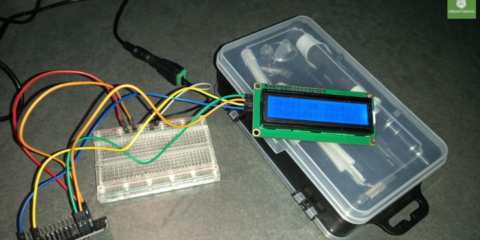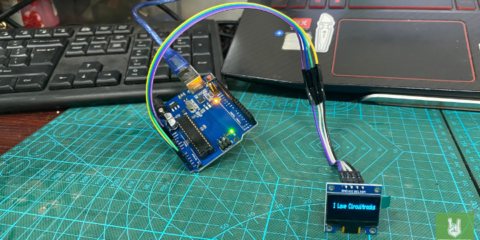Keeping your surroundings clean has never been easier with an Automated Trash Bin! In this tutorial, we’ll guide you through building a touch-free waste disposal system. Using an Arduino Uno and a SG92R micro servo motor.
The system is powered by a 6xAA battery holder and programmed via a USB Type-B cable. Essential components such as jumper wires ensure secure connections, while a glue gun or Mighty Bond helps attach the setup to a DIY trash bin. Using an Arduino for control and programmed with optimized code, making the system responsive and efficient. By integrating it, you can build a smart trash bin that enhances cleanliness and convenience.
The Automated Trash Bin isn’t just about convenience. By eliminating the need to touch the lid, it helps prevent the spread of germs and encourages better hygiene in waste disposal. Plus, you can customize it to fit your needs. By adjusting the sensor sensitivity, lid opening time, or adding sound alerts for extra features. Perfect for home or shared spaces, this project makes cleanliness easy and hassle-free!
Components:
Before we begin, gather the following components:

- SG92R Micro Servo
- Ultrasonic Sensor
- Arduino Uno R3
- USB Cable Type B
- Battery Holder 6xAA
- Alkaline Battery
- Jumper Wires
For the connection setup of your Automated Trash Bin using an Arduino Uno, ultrasonic sensor, and servo motor, follow this wiring guide:
Connection:
HC-SR04:
- VCC → 5V on Arduino
- GND → GND on Arduino
- Trig → Digital Pin 9
- Echo → Digital Pin 10
SG92R Servo:
- VCC (Red) → 3.3V on Arduino
- GND (Brown/Black) → GND on Arduino
- Signal (Yellow/White) → Digital Pin 6
Power Supply:
- 6xAA Battery Holder → Connects to Arduino’s Vin & GND (if using external power).
Codes:
The system ensures a touch-free operation, making waste disposal more hygienic and convenient. When an object, such as a hand, is detected within 20 cm, the servo motor rotates 90 degrees, opening the lid automatically. If no object is detected for 3 seconds, the lid closes on its own, preventing unnecessary exposure.
#include <Servo.h>
// Define pins for the ultrasonic sensor
const int trigPin = 9;
const int echoPin = 10;
// Define the servo object
Servo servoMotor;
// Define distance threshold (in cm)
const int distanceThreshold = 20; // Adjust this to your desired detection range
// Timer to track how long the object is detected
unsigned long objectDetectedTime = 0;
// Time to keep the servo open if no object is detected (in milliseconds)
const unsigned long noObjectCloseDelay = 3000;
void setup() {
// Initialize the servo
servoMotor.attach(6); // Attach the servo to pin 6
servoMotor.write(0); // Start with the servo closed (angle 0 degrees)
// Initialize the ultrasonic sensor pins
pinMode(trigPin, OUTPUT);
pinMode(echoPin, INPUT);
// Begin serial communication for debugging (optional)
Serial.begin(9600);
}
void loop() {
// Get the distance measurement from the ultrasonic sensor
long distance = getDistance();
// Debugging: Print the distance to the Serial Monitor
Serial.print("Distance: ");
Serial.print(distance);
Serial.println(" cm");
// Check if the distance is below the threshold
if (distance > 0 && distance < distanceThreshold) {
// If an object is detected, keep the servo open
servoMotor.write(90); // Open the lid (90 degrees)
objectDetectedTime = millis(); // Update the time the object was detected
} else {
// If no object is detected and 5 seconds have passed, close the lid
if (millis() - objectDetectedTime >= noObjectCloseDelay) {
servoMotor.write(0); // Close the lid (0 degrees)
}
}
delay(100); // Short delay to avoid rapid triggering
}
// Function to measure distance using the ultrasonic sensor
long getDistance() {
// Send a 10-microsecond pulse to trigger the sensor
digitalWrite(trigPin, LOW);
delayMicroseconds(2);
digitalWrite(trigPin, HIGH);
delayMicroseconds(10);
digitalWrite(trigPin, LOW);
// Measure the time it takes for the echo to return
long duration = pulseIn(echoPin, HIGH);
// Calculate the distance in cm
long distance = duration * 0.034 / 2;
return distance;
}









